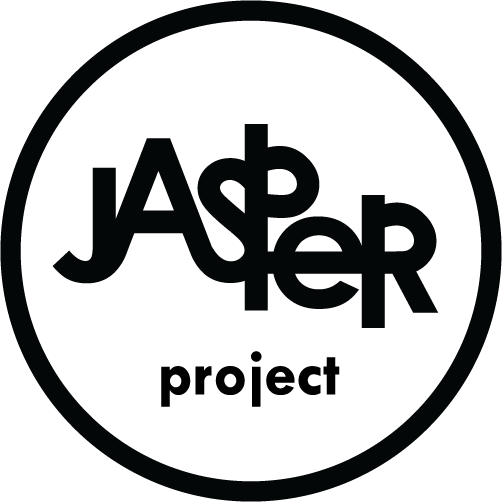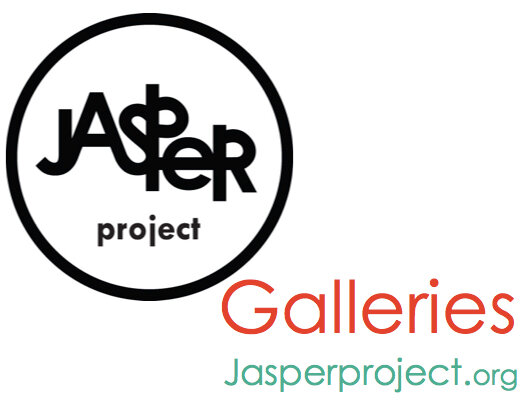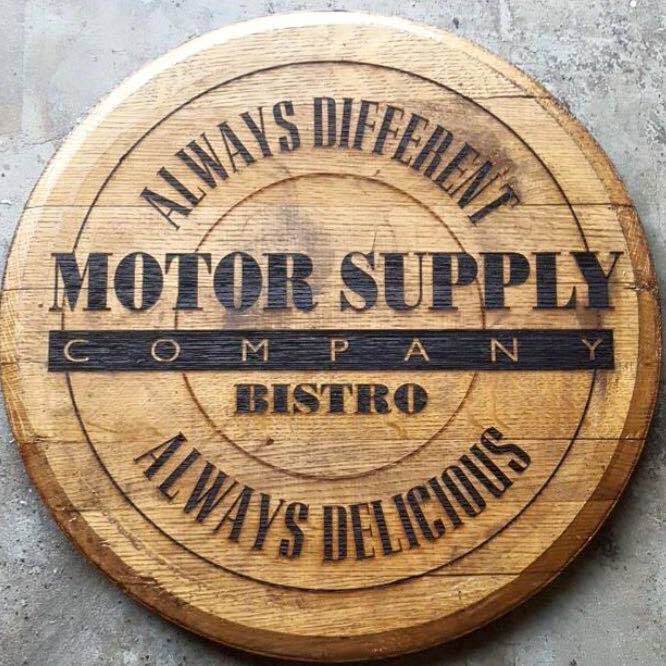With the Street Gallery concept, the public can visit the Jasper Project Galleries windows and not have virus concerns. Viewing artwork at these windows can be done safely from the sidewalk; someone could even drive by and take a peek at the artworks from their car.
-Bert Easter
Board Member, The Jasper Project
Bert Easter - courtesy of Ed Madden
Last April, The Jasper Project opened a new gallery in a prominent downtown Columbia building. Though the Meridian Building opened its doors in 2004, it was built from the facade of the 19th century Consolidated Building. This coalescence of elements externally can also be found internally, through the art featured in the lobby and the display windows that line Sumter and Washington Streets.
courtesy Historic Columbia
I was able to chat with fellow board member Bert Easter, who started and organized the gallery, about what this first year has been like, what artists are currently being featured, and how the public can interact with this significant space and the art within it.
JASPER: It’s been just over a year now that you’ve been working on the Meridian. How has it been?
EASTER: I really have had great luck with the Meridian hosting and being very helpful with my little idea. It’s actually been a lot of fun, and some work, pulling together artwork to offer in downtown Columbia. And we have been very lucky to develop a partnership with Virginia Scotchie of USC to show student work alongside her artwork.
JASPER: What made you first walk past this building and think, “This is the place for a gallery”?
EASTER: I saw the windows as a missed opportunity for both the city and the arts community. When I approached the Meridian, I was pleased that they were excited with this idea and even offered the additional space of the grand lobby area to be opened up for local artists.
JASPER: Did you have any specific goals for it then?
EASTER: I hoped then, and now, that at the Meridian we would have business folks who might see, connect with, and purchase local art.
JASPER: With such a great pool of artists in Columbia, how do you select artists to meet the gallery’s goals?
EASTER: Thus far I have contacted the artists and helped select artwork that I hope works well and complements the other artists’ work. I try to also have a few pieces that challenge the traditional ideas of artwork – to offer abstract paintings or a brutalist sculpture or a pottery vase that you would never use for flowers.
JASPER: Have you had any highlights in this journey of merging art styles and voices?
EASTER: Pulling together Assemblages by Susan Lenz, with plastic assembled work by Kirkland Smith, alongside found metal items sculptured by Andy White was one of my favorite window displays show in our first show. I have also enjoyed showing pottery by Paul Moore with carved palmettos on the side of the vases placed by landscape paintings.
JASPER: Well other than great art, what should people expect when going to the gallery?
EASTER: The windows are just like storefront windows for a department store. They are lighted at night, and I actually tell folks that the windows look better at night from the street and sidewalk. The lovely Main Street lobby is limited to weekday business hours (8-6) due to the security concerns of the Meridian. Currently, once you enter through the revolving doors on Main, you’ll find pottery on pedestals by Virginia Scotchie and USC students and paintings on canvas by Nikolai K Oskolkov.
JASPER: Has COVID-19 impacted the way people visit the gallery?
EASTER: With the Street Gallery concept, the public can visit the Jasper Project Galleries windows and not have virus concerns. Viewing artwork at these windows can be done safely from the sidewalk; someone could even drive by and take a peek at the artworks from their car.
JASPER: You mentioned it briefly before, but if people want to stop in or drive by, what artists can they expect to find currently? And how long will the current artists be up?
EASTER: The current show has 10 different artists being offered with a large collection of paintings by Nikolai Oskolkov in each of the 3 galleries on this block. We have been switching out artwork every 3 months so that we would have 4 shows each year. When the virus hit, we stopped, and the current show has been left up, but I plan to switch out the artwork after the virus is less of a concern. This show includes art by Nikolai K Oskolkov, Bohumila Augustinova, Michael Krajewski, Eileen Blyth, Virginia Scotchie, and USC students from the School of Visual Art and Design.
JASPER: What should people do if they see one of these pieces of art and fall in love with it?
EASTER: The signage will provide the cost of the artwork and my cell number where folks are able to ask any questions, arrange for me to come to the Meridian and meet with them, or to arrange purchase of the artwork. As far as pricing, we have offered original artwork starting with prices at $200 and going up to $2,500.
JASPER: Well, to round all this out, tell me: Columbia is a city full of artists & galleries — what makes the gallery at the Meridian special?
EASTER: We have established this partnership with the Meridian to offer artwork outside the gallery setting to bring local artworks to the people who might not visit galleries with the intention of purchasing artwork – in a hope that downtown folks might see, connect, and enjoy art by local working artists. We think that the display window setting might allow someone just headed out to a meeting, dinner, or a local church service to view artwork in downtown Columbia.
The Jasper Galleries at Meridian is located at 1320 Main Street. If you’re feeling cooped up at home and want to feel inspired, take a drive down Washington or Sumter Street and see the selection of artists that Property Manager Amy Reeves stated “brought life to our windows”, and maybe even take a piece home to keep you company.
-Christina Xan
Christina Xan is a writer, a doctoral student at the University of SC, and a member of the board of directors of the Jasper Project where she manages the Tiny Art Gallery Project.
The Jasper Project operates public space galleries at Harbison Theatre, Motor Supply Company Bistro, and the Meridian Building in downtown Columbia. If you’re interested in developing a gallery area in your public space, or you’d like to exhibit your art, please contact Laura Garner Hine, Bert Easter, Christina Xan, Cindi Boiter, or Wade Sellers.
To support the work of Jasper, including articles like the one above,
please consider becoming a member of the Jasper Guild at www.JasperProject.org










